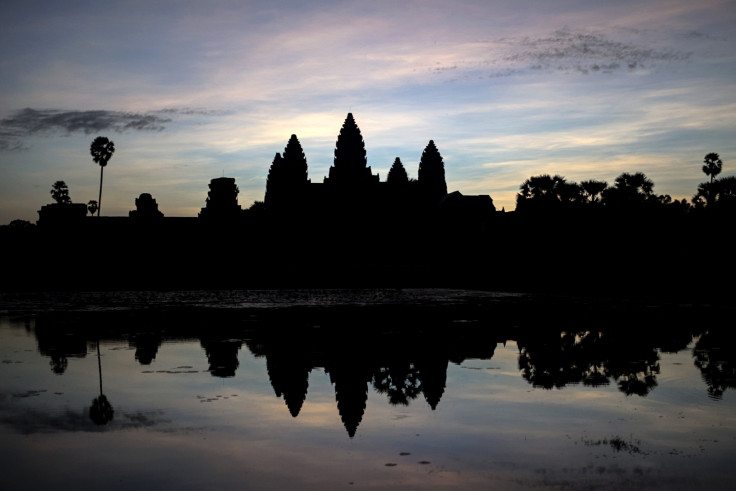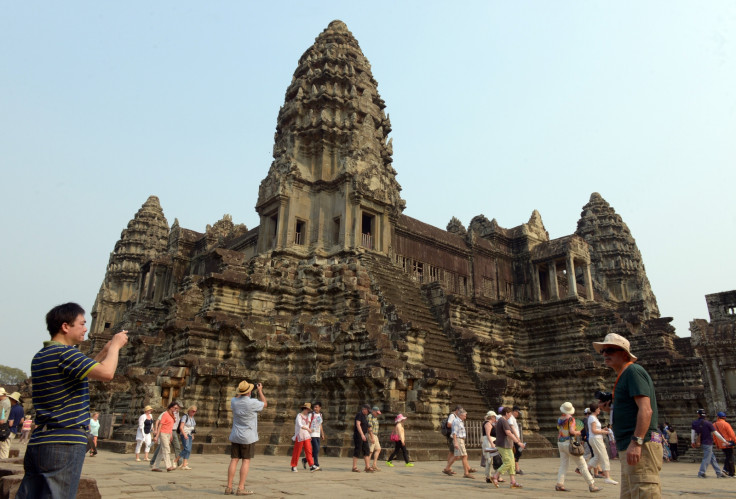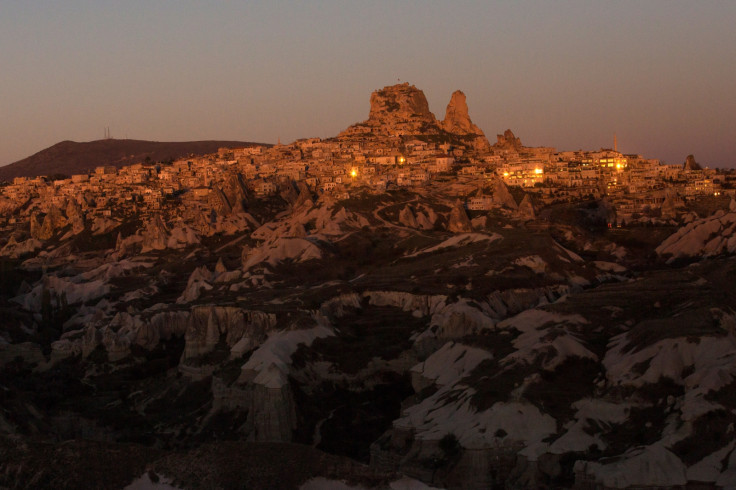Africa's Atlantis and City of the Monkey God: Five lost ancient cities discovered around the world
A vast network of 12th century cities was discovered beneath the jungle around Cambodia's Angkor Wat.

Entire human settlements destroyed or submerged beneath our oceans for thousands of years are being discovered at an astonishing rate, thanks to cutting-edge technology. In 2016 alone, scientists have uncovered a network of 12<sup>th century cities buried around Cambodia's temple city of Angkor Wat, a submerged trading hub off the Tanzanian coast and even a Honduran city inhabited by an unknown culture.
Here are five of the most impressive finds in recent history:
Rhapta, Tanzania

For centuries, scientists have only been able to guess where the lost Roman city of Rhapta was located – somewhere off the south-eastern coast of Africa. Described as the "last marketplace of Azania" in the ancient Periplus of the Erythraean Sea, which dates back to 50 AD, Rhapta was believed to be an ancient trading settlement for local goods such as ivory and tortoiseshell. Since its disappearance 1,600 years ago, nobody had managed to find "Africa's Atlantis" – until this year.
In May, diver Alan Sutton came across ruins off the coast of Tanzania's Mafia Island. He documented his finds, which included remains of walls which appeared to be made of cement, ceramics and tiles, materials which would have been found in Roman times.
Several weeks later, an archaeologist from the University of Dar es Salaam, Felix Chami, said he believed the discovery was indeed Rhapta - as shown by the construction techniques, ceramics and location, which fit the early descriptions of the market town.
"It seems like this is really Rhapta," he told IBTimes UK in an interview. "I feel safe that it's not German, British or Portuguese. I didn't see anything that indicates it could be Swahili – no materials. Also, this is the place where Rhapta should be."
White City, or Lost City of the Monkey God, Honduras

The "White City" was mentioned in 1927 by aviator Charles Linbergh, who reported seeing a white limestone settlement nestled beneath the jungle foliage in eastern Honduras while flying over the region. Intrigued by Linbergh's report, archaeologists have been scouring the largely untouched region for any signs of Ciudad Blanca, believed to be located in the La Mosquitia area.
In 1939, explorer Theodore Morder claimed to have found the Lost City of the Monkey God – a name derived from an ancient cult he believed inhabited the settlement. He however refused to disclose its precise location over fears the ruins would be looted.
The mystery was no closer to being solved until 2016, when archaeologists from the Honduras Institute of Anthropology and Colorado State University began to excavate an area believed to be the White City. Stone sculptures and artefacts such as jars and bowls were found, which appeared to date to between 1,000 and 1,500 AD.
Although archaeologists believe the White City may have finally been found, the mystery continues as the culture which inhabited the remote region has not been identified.
"For the first time we're able to study this culture systematically. And we're also able to draw the world's attention to La Mosquitia," said archaeologist Christopher Fisher.
Angkor Wat, Cambodia

Built roughly between 1113 and 1150 AD, the temple complex of Angkor Wat in Cambodia is one of the largest religious monuments ever constructed. In June, scientists revealed a network of ancient cities around the ruins of the complex.
Using airborne ground-penetrating lasers, scientists unearthed several 12<sup>th century cityscape beneath the jungle floor. According to the Guardian, some of the cities may have rivalled the modern Cambodian capital Phnom Penh. At its peak, the cities would have made up the largest empire on Earth.
Dr Damian Evans, an Australian archaeologist, said: "We have entire cities discovered beneath the forest that no one knew were there – at Preah Kham of Kompong Svay and, it turns out, we uncovered only a part of Mahendraparvata on Phnom Kulen [in the 2012 survey] ... this time we got the whole deal and it's big, the size of Phnom Penh big."
Cappadocia, Turkey

In 2013, Turkish builders stumbled across a huge, underground city in the historic region of Cappadocia in central Anatolia. As workers excavated for an urban renovation project, they unearthed a series of tunnels and rooms estimated to date back as far as 3,000 BC.
The sprawling underground city was discovered beneath a Byzantine-ear castle in Nevşehir, the capital of the province. The Cappadocia region is a World Heritage site for its spectacular landscape of rock formations, sculpted entirely from erosion, as well as the 200 or so underground cities and villages in the area. The 2013 discovery is thought to rival the largest excavated underground city in Cappadocia, Derinkuyu, which could house 20,000 people.
"This new discovery will be added as a new pearl, a new diamond, a new gold to Cappadocia's riches," the mayor of Nevşehir, Hasan Ünver, told National Geographic.
Thonis-Heracleion, Egypt

No trace had been found of the ancient city of Thonis-Heracleion until 2000, when a French underwater archaeologist and his team discovered ruins of the lost settlement off the coast of Egypt. After a four-year geophysical survey, Franck Goddio and a team from the European Institute for Underwater Archaeology struck gold with the discovery, located 30 feet under the Mediterranean Sea in Aboukir Bay, near Alexandria.
Since the discovery, researchers have found a number of impressively preserved artefacts, including 16-foot stone sculptures, jewellery and sarcophagi. Thonis-Heracleion, believed to be a major trading hub between ancient Egypt, Greece and Europe, was submerged beneath the waves in the eighth century, after several natural disasters including an earthquake.
© Copyright IBTimes 2024. All rights reserved.






